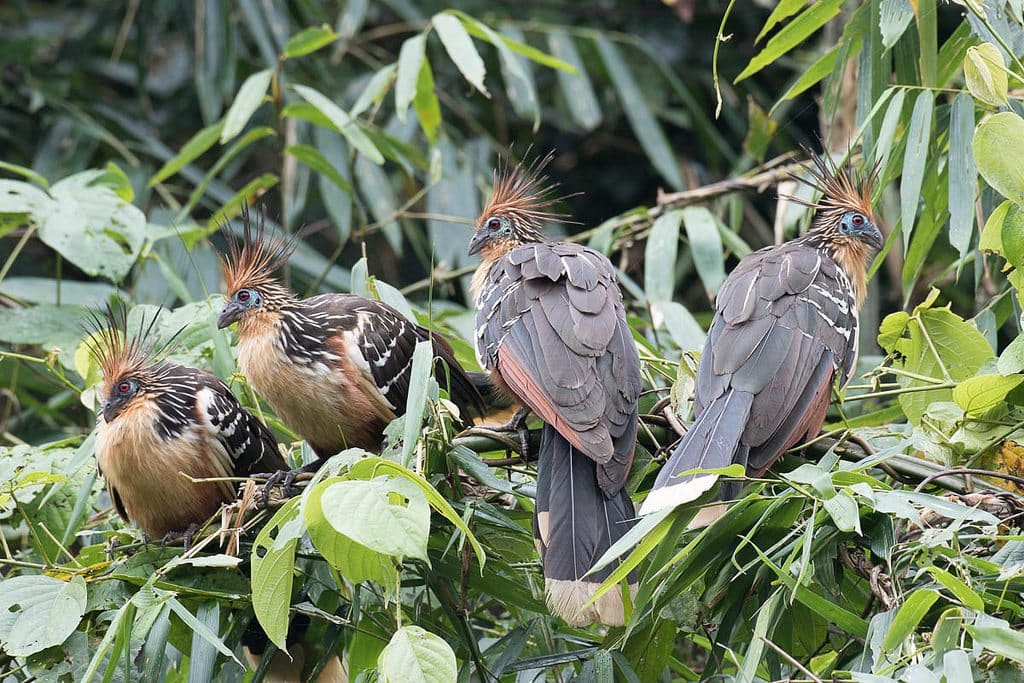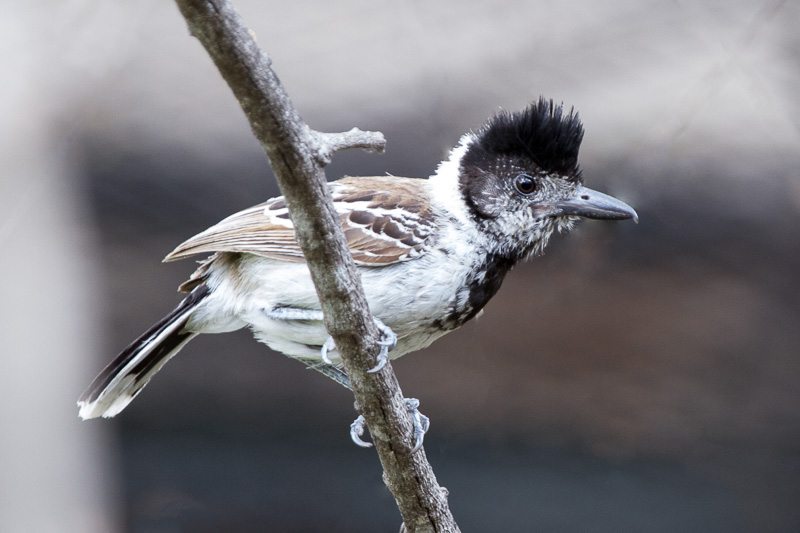Birding Peru – rich culture, wonderful birds
By Pat Kirkpatrick
As a trip coordinator for Golden Gate Bird Alliance, I and my co-volunteer Rubi Abrams have had the opportunity to research and offer GGBA members a selection of inspiring national and international birding trips every year. Since I’m an intermittent birder and a lifelong lover of travel, this volunteer job at GGBA has been a perfect match, and it has enabled me to go on some memorable birding trips to Southern Oregon, Newfoundland, and, most recently, Peru.
I recently returned from a fabulous eight-day birding/cultural trip to Peru with Holbrook Travel – a preview of the trip GGBA will offer in October 2018. I joined a group of 12 avid birders and naturalists who shared my enthusiasm to see such a wonderful variety of birds in many different habitats, from fishing villages near Lima to 10,000 feet at Machu Picchu. Here’s a rundown of my trip. (GGBA’s 2018 trip will be similar, with an added emphasis on birding each day.)
We flew into Lima late the first night. After a buffet breakfast, we took a mini-bus to do some birding along the marshes on the way to a small fishing village, where we boarded a small motorized boat in Pucusana and toured the bay. We got intimate views of Humboldt Penguins, Inca Terns, and Peruvian Pelicans in breeding plumage.
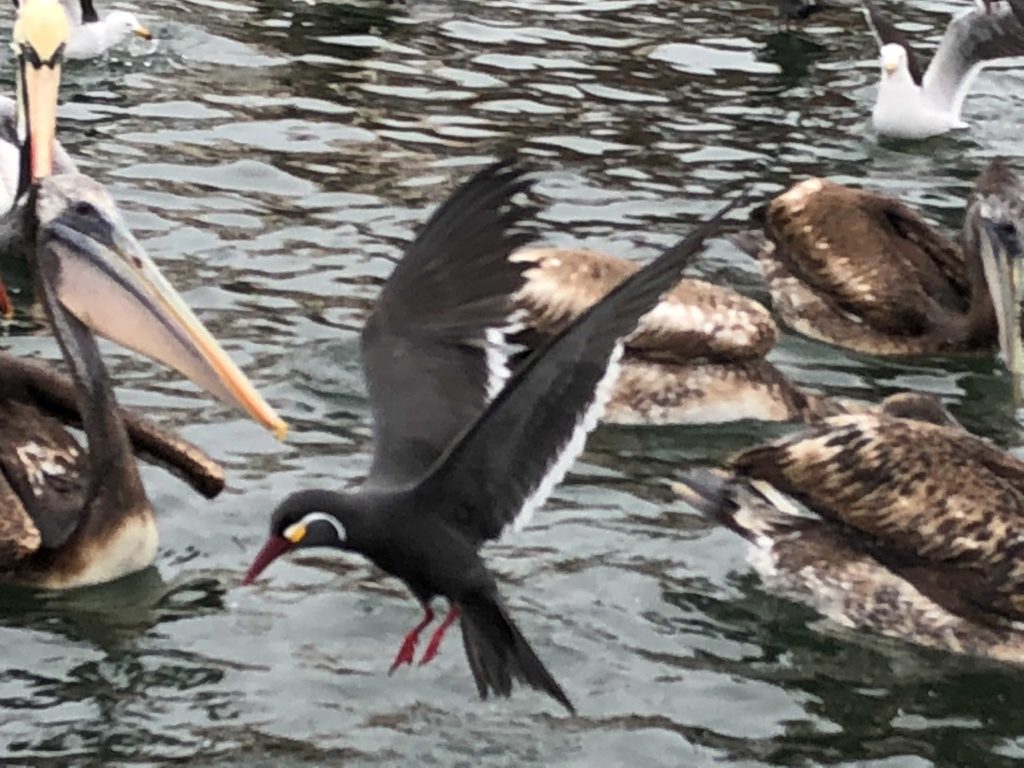

After lunch in Lima, we flew to Puerto Maldonado to make our way to the Amazon. Riding in several 4×4 vehicles to Las Piedras River, we boarded a long boat for a 90-minute ride to our lodge alongside Lago Soledad, located within the Amazon Research and Conservation Center. The cabins and main building are just steps from the lake, where we took sunrise and sunset paddle catamaran rides with our exceptional guide, Enrique (Kike) Castillo, to see numerous birds including the Agami Heron, Grey-necked Wood Rail, Rufescent Tiger Heron, and Amazon and Pygmy Herons. Giant sea otters cruised the river each morning and evening, and many different monkey species followed our progress from the treetops.
Lago Soledad has a canopy tower nearby, where we saw many species of flycatchers, woodcreepers, Blue-throated Piping Guan, White-vented Euphonia, and — my favorite that day — the Opal-Crowned Tanager. We had the opportunity to explore the extensive trail system in Lago Soledad that afforded sightings of Peruvian Recurvebill, Blue-crowned Trogon, Curl-crested Aracari, Paradise Tanager, Collared Forest Falcon and Cream-colored Woodpecker, among many others. At night, there was the chance to see the Black Caiman and to look for the Long-tailed Potoo and Ladder-tailed Nightjar.
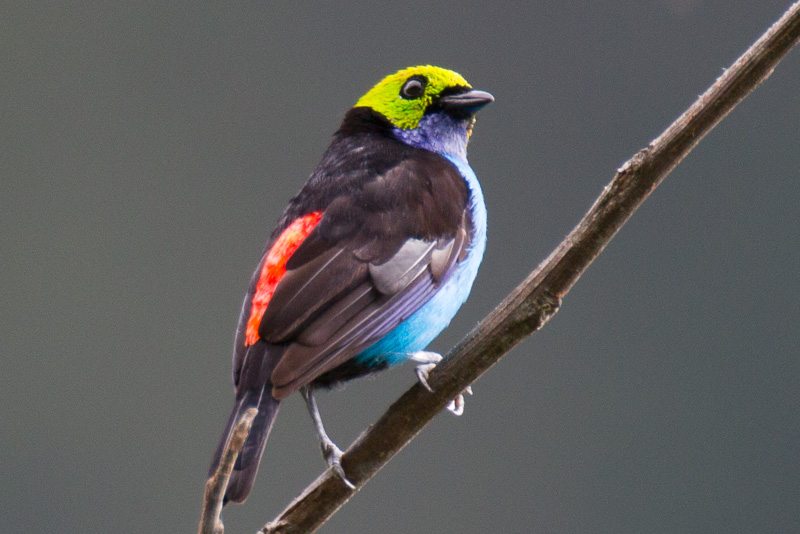
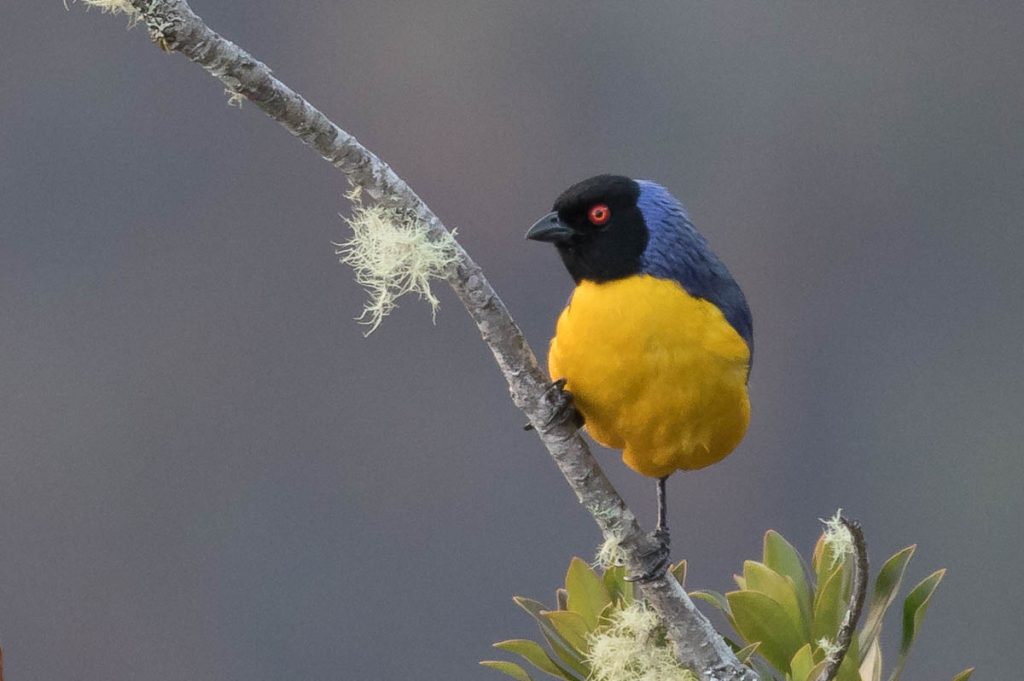
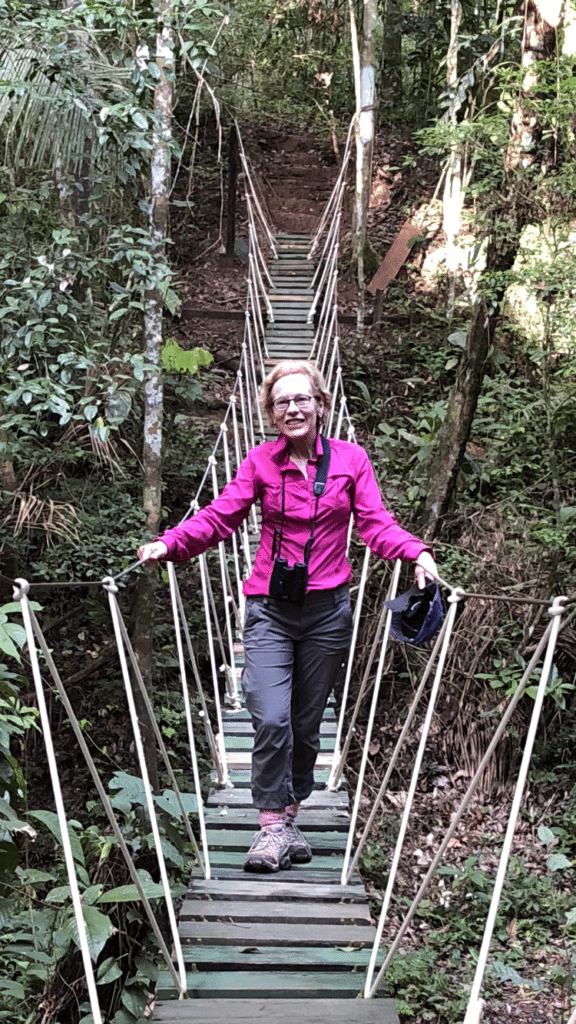
After three nights in comfortable cabins with delicious group meals and plenty of birding on the trails and lake, we took an early morning high-speed boat to see two clay lick areas where several hundred Red and Green Macaws stop for essential minerals.
After watching the macaws and dining on banana pancakes and smoothies from our breakfast picnic basket, we continued along Las Piedras River to Puerto Maldonado to catch our one-hour flight to Cusco. We then traveled to our hotel in the Sacred Valley, which offered a splendid setting of rolling lawns and flowering bushes, plants, and trees that enabled us to do some birding right on the grounds. Before dinner that night, we were treated to a lecture about the Sacred Valley during the time of the Incas.
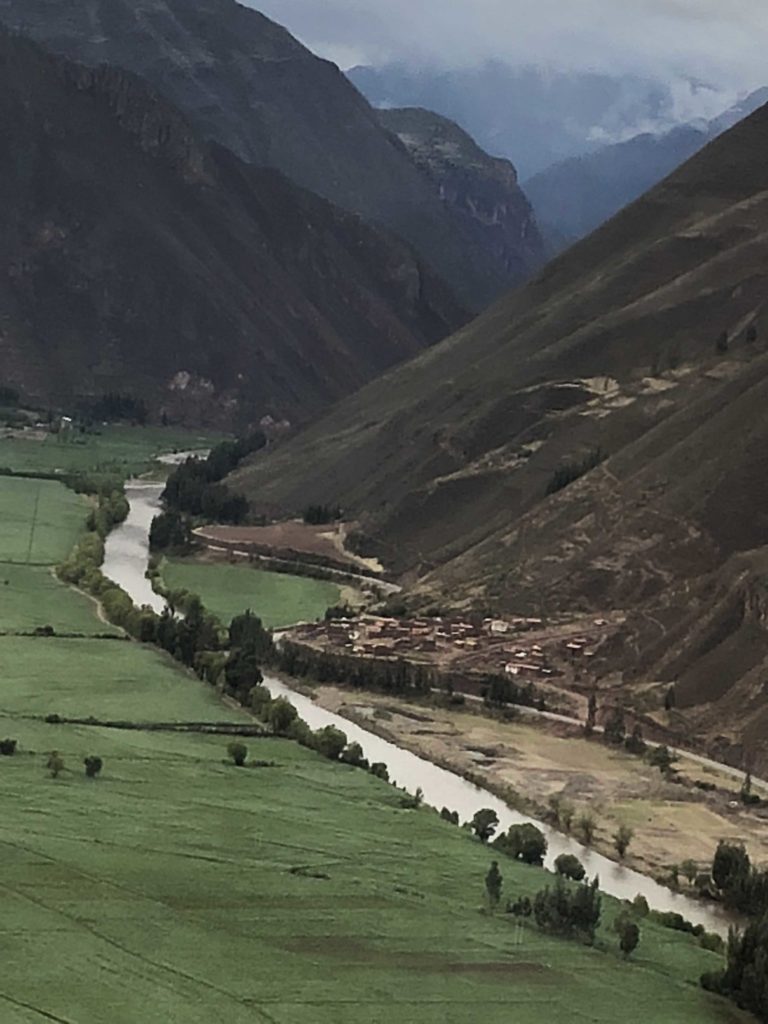
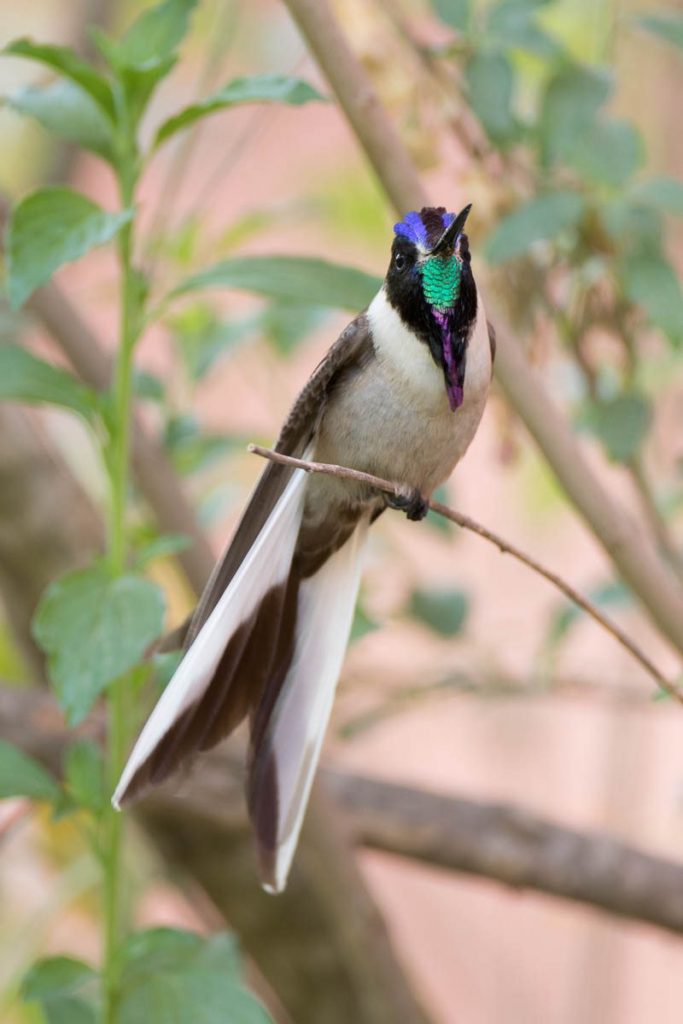
Unfortunately, I was the only one of our group of 12 that caught some kind of short-lived stomach bug, so I had to miss going to Machu Picchu. I was determined, however, not to waste the day, so once my stomach cooperated, I did some birding at the hotel and had the opportunity to watch a fine outdoor cooking experience called a pachamanca. Eight hotel chefs all decked out in white were digging a deep and wide pit in which they built a bonfire and loaded it with large rocks. Once the rocks were heated fully, they pulled them out of the pit with fire mitts, and threw in several types of sweet potatoes and regular potatoes. (Peru has 500 species of potatoes, so I can’t begin to tell you what kind they really were!)
They layered the potatoes with some hot rocks, doused them with cooking oil and then added whole marinated chickens that had been cut down the back. Another layer of rocks and then the marinated strips of beef were placed. More oil. One chef grabbed a branch from a nearby pepper tree and shook the little pink pepper corns all over the beef. One more layer of rocks. Finally, they covered all of this with wet cardboard, a wet sheet, palm leaves and covered the entire pit with dirt. Much to my surprise, the chefs told me everything would be perfectly cooked in 35 minutes! I didn’t get to see the final feast but would like to return to enjoy the pachamanca another time.
To take advantage of my day alone, I hired a driver to take me to Urubamba, a town close to our hotel, to visit a llama and alpaca farm and buy some hand-knitted items. The drive through the Sacred Valley is such an exquisite experience with breathtaking views in all directions. I learned from my knowledgeable taxi driver about the Incas and their way of life, including their talent in terrace farming, which allowed them to live in such a rugged and high-altitude landscape.
I also visited nearby Maras, a town known for having the only salinera (salt mine) in Peru. What a beautiful and intricate maze of multi-colored pink, brown, and white pools of salt water reflecting down the valley gorge. Returning to the hotel, my traveling buddies and I got to exchange stories about the beauty of Machu Picchu over a great chicken, corn, and potato dinner. I missed Machu Picchu and the Torrent Ducks. I must return!
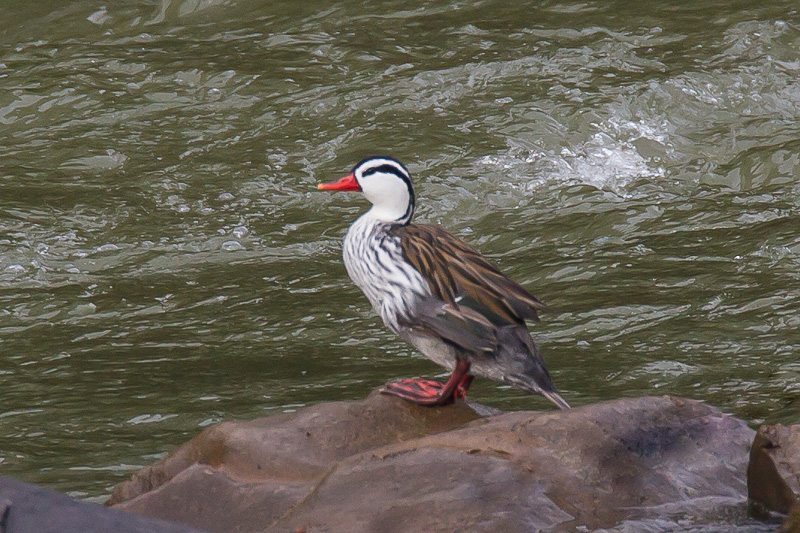

The following morning we headed to the bustling and multi-block indoor/outdoor farmers’ market in Urubamba, where we spent a couple of hours admiring and sampling the many kinds of chocolate and tamales and learning about the 300 varieties of corn and their various uses. It was a visual feast. I now have a better sense of what a remarkably diverse and sumptuous cuisine Peru has, with the blending of Spanish and Incan recipes passed down over centuries.
Later that afternoon we headed to Chinchero, a small weaving village where we ate a delicious lunch (guinea pig was offered) with a local family. The weavers, all women, gave us a humorous and fascinating step-by-step demonstration of the wool-gathering, cleaning, spinning, dyeing, and weaving process. We then had the opportunity to buy their shawls, mufflers, mittens, hats, ponchos, and other products.
We finished the day with an ancient Pachamama ceremony led by a shaman who traveled five hours to share his wisdom and spirituality. (Pachamama is benevolent deity known to the Andeans as “Good Mother,” who presides over planting and harvesting. The shaman set down numerous flowers, sweets, and sequins on colored paper with our names as an offering to Pachamama and to fulfill each of our wishes.)
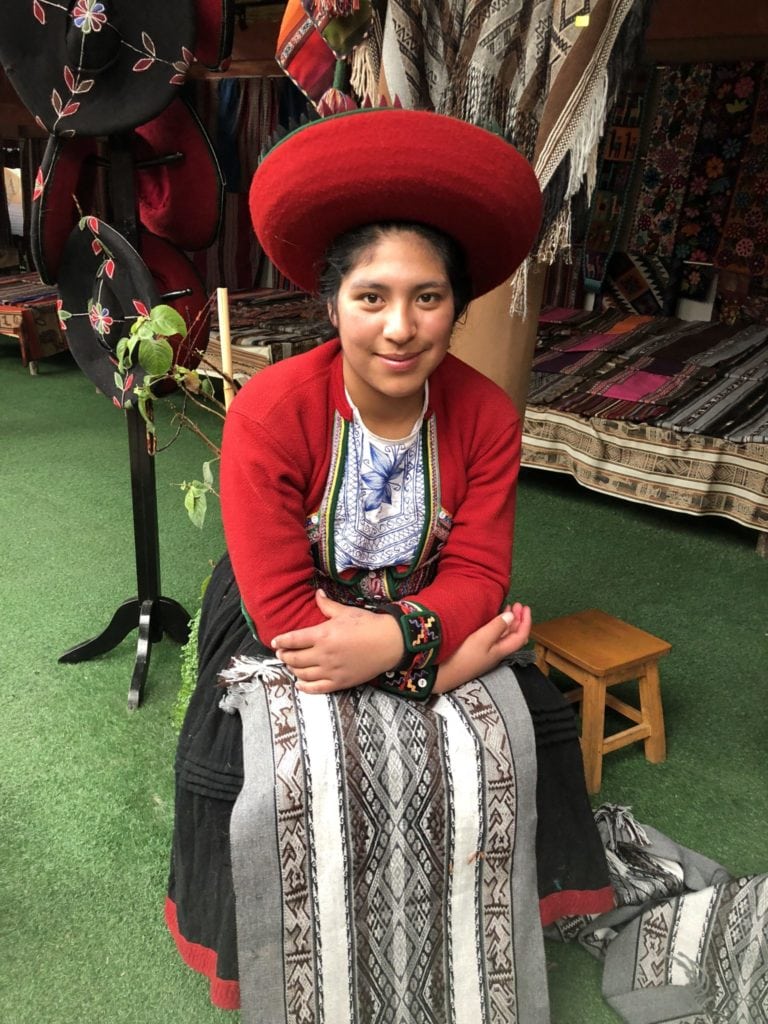
That evening, we traveled back to Cusco. Our final morning, we had a tour of the Koricancha Temple nearby to learn more about the Inca way of life and their astonishing architectural skills. We had a farewell lunch at a very good Cusco restaurant, did a little sightseeing and headed back to Lima to fly home.
Peru excites all the senses. It has a rich culture and history with extraordinarily varied ecosystems and microclimates, which enable a vast variety of bird species to thrive.
GGBA will offer a similar trip to Peru from October 18 through 26, 2018. It will include more birding possibilities, including a trip to the Polylepis forest at Abra Malaga famous for its unique bird species.
If you are intrigued and would like to learn more about this 2018 trip, please contact me at patkirkpatrick14@gmail.com.
In addition to the Peru trip in October, GGBA still has openings on several other guided birding tours in 2018: Baja (Mexico) in February, South Texas for spring migration in April, and Oaxaca (Mexico) in December. The Baja trip – which runs from February 17 to 24, and is led by popular GGBA birding instructor Juan-Carlos Solis — includes a boat trip to get close-up views of migrating grey whales!
For more about any of these trips, see our Travel with GGBA web page or contact Pat at the above email or Rubi at rabrams2@pacbell.net.
